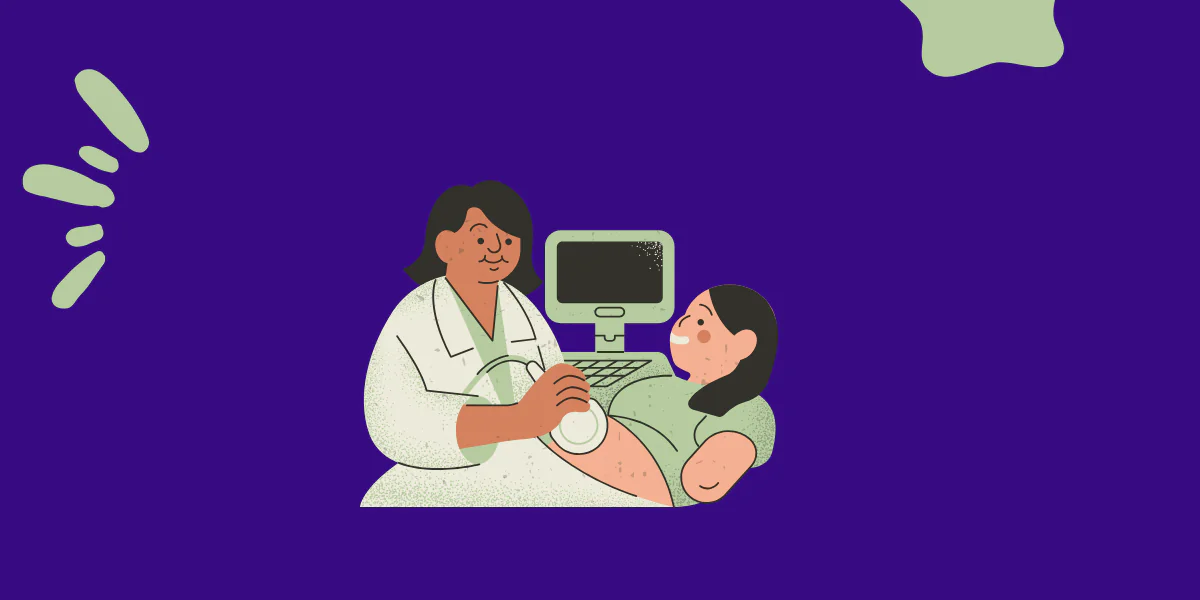Uterine prolapse, a condition where the uterus slips into the vaginal canal, can be a distressing experience for many women. This condition often affects those who have had multiple pregnancies, gone through menopause, or experienced childbirth complications. Understanding how to prevent a prolapsed uterus is essential, especially for Indian women, as it can impact daily life and long-term health. This article provides practical methods to reduce the risk of uterine prolapse, including exercises, lifestyle changes, and medical guidance.
What is a Prolapsed Uterus?
A prolapsed uterus occurs when the pelvic floor muscles, which hold the uterus in place, become weak or stretched. This causes the uterus to descend into the vaginal canal. Symptoms can range from a feeling of heaviness in the pelvis to more severe discomfort and urinary issues. According to the Indian Journal of Urology, pelvic organ prolapse is a common condition, affecting nearly 9% of women in India at some point in their lives.
1. Strengthen Your Pelvic Floor with Kegel Exercises
- Kegel exercises are a powerful way to maintain the strength of your pelvic floor muscles. These exercises involve repeatedly contracting and relaxing the muscles you use to stop the flow of urine.
- How to do Kegels: Sit or lie down comfortably. Tighten your pelvic floor muscles for 5 seconds, then relax for 5 seconds. Repeat this 10-15 times, three times a day.
- Regular Kegel exercises can help improve muscle tone, reducing the likelihood of uterine prolapse. Many Indian women benefit from including these exercises as part of their daily routine, especially after childbirth.
2. Maintain a Healthy Weight
- Excess weight puts additional pressure on the pelvic floor muscles, which can lead to prolapse. Maintaining a healthy weight helps reduce the strain on your pelvic organs.
- A balanced diet rich in fiber can also prevent constipation, which further minimizes pressure on the pelvic area. Foods like whole grains, fruits, and vegetables are easily available in India and can support digestive health.
- A study published in the Journal of Obstetrics and Gynecology of India highlights that obesity significantly increases the risk of pelvic organ prolapse among Indian women.
3. Avoid Heavy Lifting
- Lifting heavy objects can strain the pelvic floor muscles. This includes not only lifting weights but also household chores like carrying heavy water buckets.
- If lifting is unavoidable, practice proper lifting techniques by bending your knees and keeping the load close to your body. This helps protect the pelvic floor from unnecessary stress.
- For women who have recently given birth, it’s crucial to take extra care and avoid lifting anything heavier than their newborn for the first few weeks.
4. Postpartum Care and Recovery
- The risk of uterine prolapse increases after childbirth due to the pressure exerted on the pelvic floor during pregnancy and delivery. Proper postpartum care is vital in preventing prolapse.
- Rest and avoid intense physical activities in the initial weeks after delivery. Start with gentle pelvic floor exercises only after consulting your healthcare provider.
- Traditional Indian practices such as postpartum massages can promote recovery and relaxation but should be performed by trained professionals to avoid putting pressure on the abdomen.
5. Hormonal Balance Through Menopause
- During menopause, the decrease in estrogen levels can weaken the pelvic floor muscles, increasing the risk of uterine prolapse. Estrogen therapy, under medical supervision, may help maintain pelvic strength.
- Foods like soy, flax seeds, and sesame seeds, which are readily available in India, contain phytoestrogens that can help balance hormones naturally.
- Women should consult with their gynecologist before starting any hormonal therapy to understand the risks and benefits.
6. Regular Medical Check-ups
- Routine gynecological check-ups can help detect early signs of prolapse, allowing for timely intervention. A gynecologist may perform a pelvic exam to assess the strength of your pelvic floor muscles.
- Women who experience symptoms like pelvic pressure, urinary incontinence, or a bulging sensation should not ignore these signs. Early treatment can prevent worsening of the condition.
- According to healthcare data, many Indian women delay seeking medical help due to social stigma. Raising awareness about pelvic health can encourage early consultations.
7. Pelvic Floor Physiotherapy
- For women at a higher risk of prolapse, pelvic floor physiotherapy can be beneficial. A trained physiotherapist can guide patients through exercises that specifically target the pelvic muscles.
- Physiotherapy is particularly effective for women who have already experienced mild prolapse and are looking to prevent further progression.
- In India, specialized physiotherapists in urban centers are available, offering both in-person and online consultations, making access easier for women across different regions.
8. Quit Smoking and Manage Chronic Cough
- Chronic coughing can strain the pelvic floor muscles over time. Smoking is a leading cause of chronic cough and should be avoided.
- In India, where respiratory conditions due to air pollution are common, managing chronic cough is crucial for pelvic health. Simple measures like staying hydrated and using a steam inhaler can help alleviate cough.
- Quitting smoking not only benefits lung health but also reduces the risk of a prolapsed uterus.
Conclusion: Empower Your Pelvic Health
Preventing a prolapsed uterus involves a combination of exercises, lifestyle changes, and regular medical care. Kegel exercises, maintaining a healthy weight, and taking proper postpartum precautions are some of the most effective strategies. By making these changes, Indian women can significantly reduce their risk of uterine prolapse and maintain their pelvic health. Remember, consulting with a healthcare professional is always the best course of action for personalized advice and care.
Read also: Struggling to Conceive? Understand Primary Infertility and Find Hope
Medical Disclaimer: This article is for informational purposes only and is not a substitute for professional medical advice. Always consult with a healthcare provider for personalized recommendations.




















